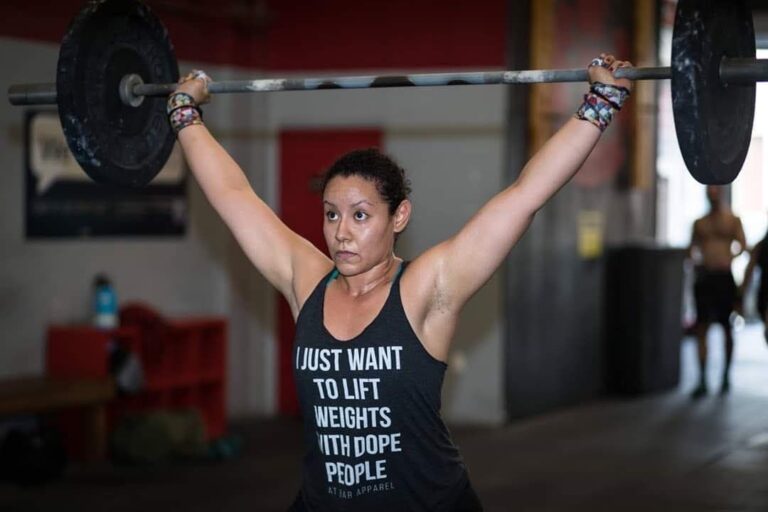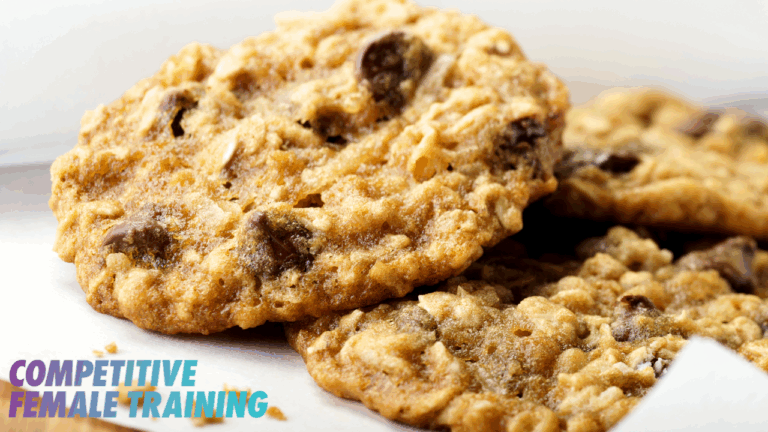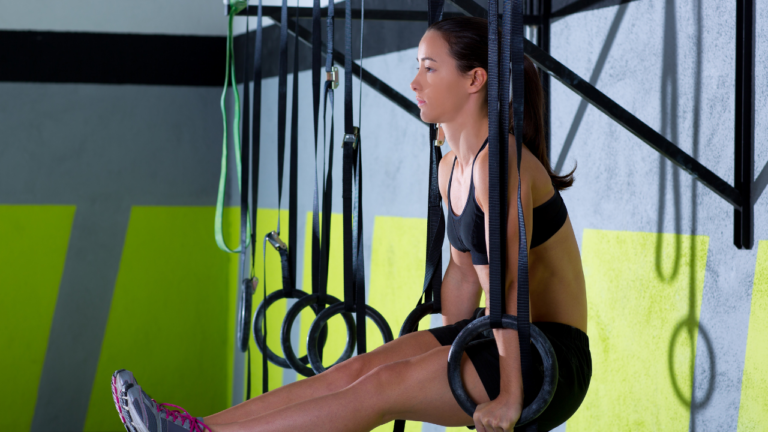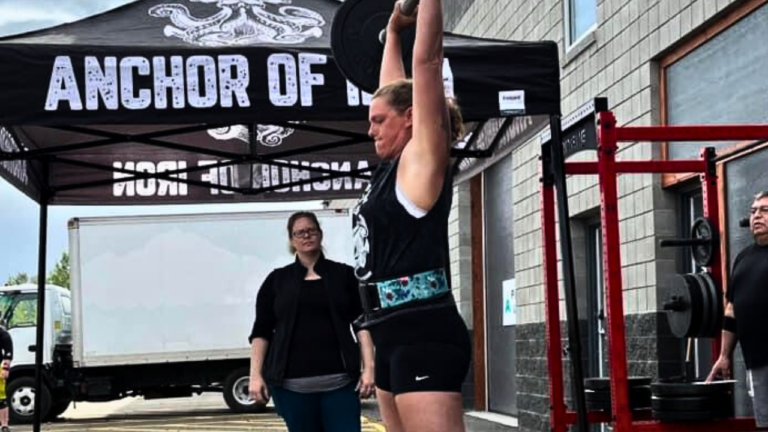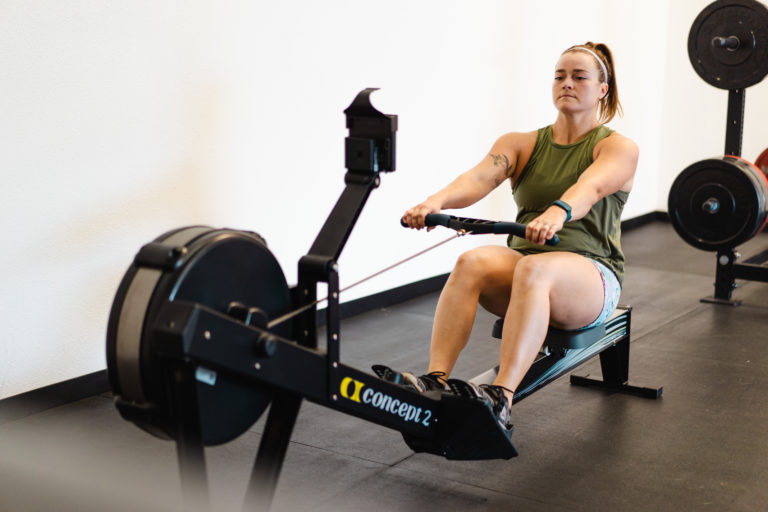Menopause and Fat Needs
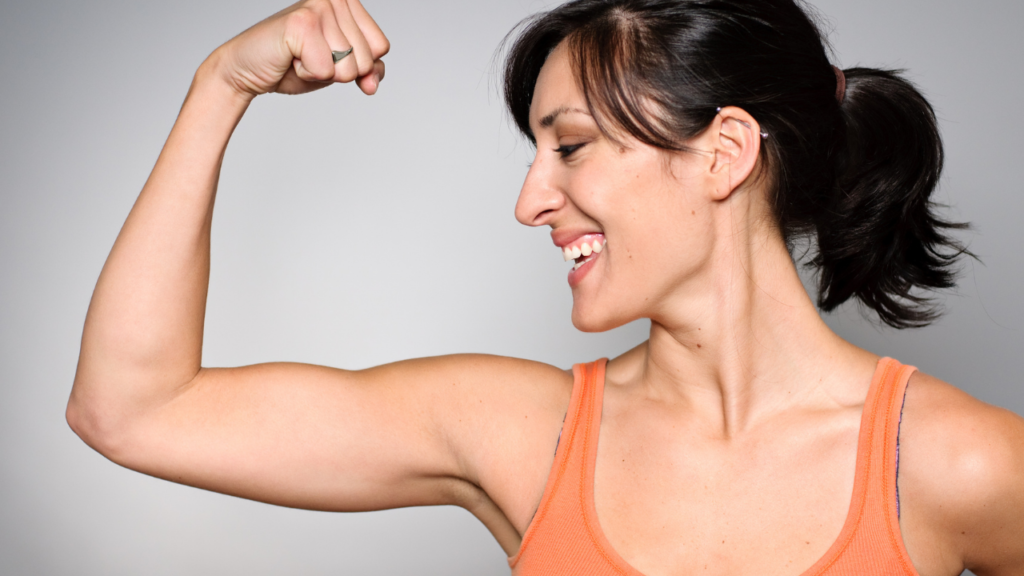
The final piece of the macro puzzle for athletes with decreased estrogen levels.
We’ve covered carbohydrate and protein needs in previous posts, now let’s discuss how much fat you should be getting.
If you’re decreasing your carbohydrate needs to manage your body composition (you become less insulin sensitive as your estrogen declines) and you’re getting at least 0.8g/LB of protein per day, then you will fill in the rest with fats.
As discussed earlier we want most of our athletes consuming between 150-250g of carbs per day, and somewhere around 120-180+ grams of protein (based on weight), which will leave most athletes needing around 60-80 grams of fat to ensure you’re getting in adequate calories.
Consuming the appropriate amount of fat will make sure you’re satiated at meal time while also making sure your body has what it needs to keep your cells healthy.
Fats are used to help you absorb key nutrients, keep your cells healthy, help make hormones, as well as an energy source when you’re resting or during light and/or long bouts of activity.
On days where you decrease your carbs (low volume days/rest days) you will increase your fat and protein to make sure you’re still getting in enough overall.
For instance on training days you may consume 200g of carbs, 150g of protein, and 65g of fat, and on rest days you might consume 150g of carbs, 160g of protein, and 80g of fat. By doing this you train your body to use fat as fuel during rest.
We encourage all of our athletes to head here: precisionnutrition.com/nutrition-calculator to get a baseline of what you need for your goals/activity level etc.
Then play around with what feels best for you!

